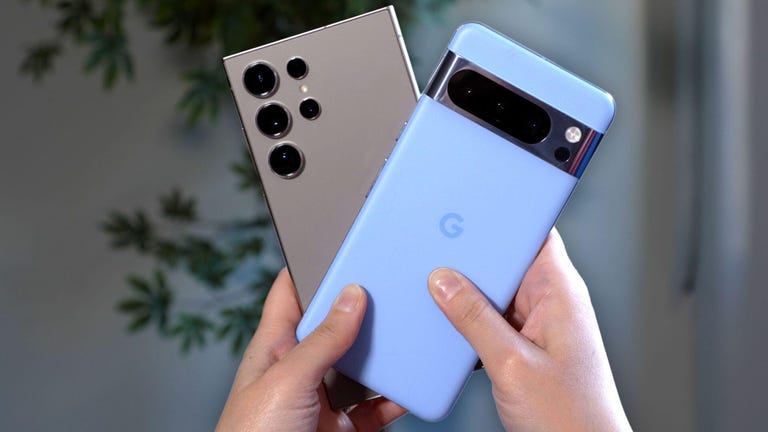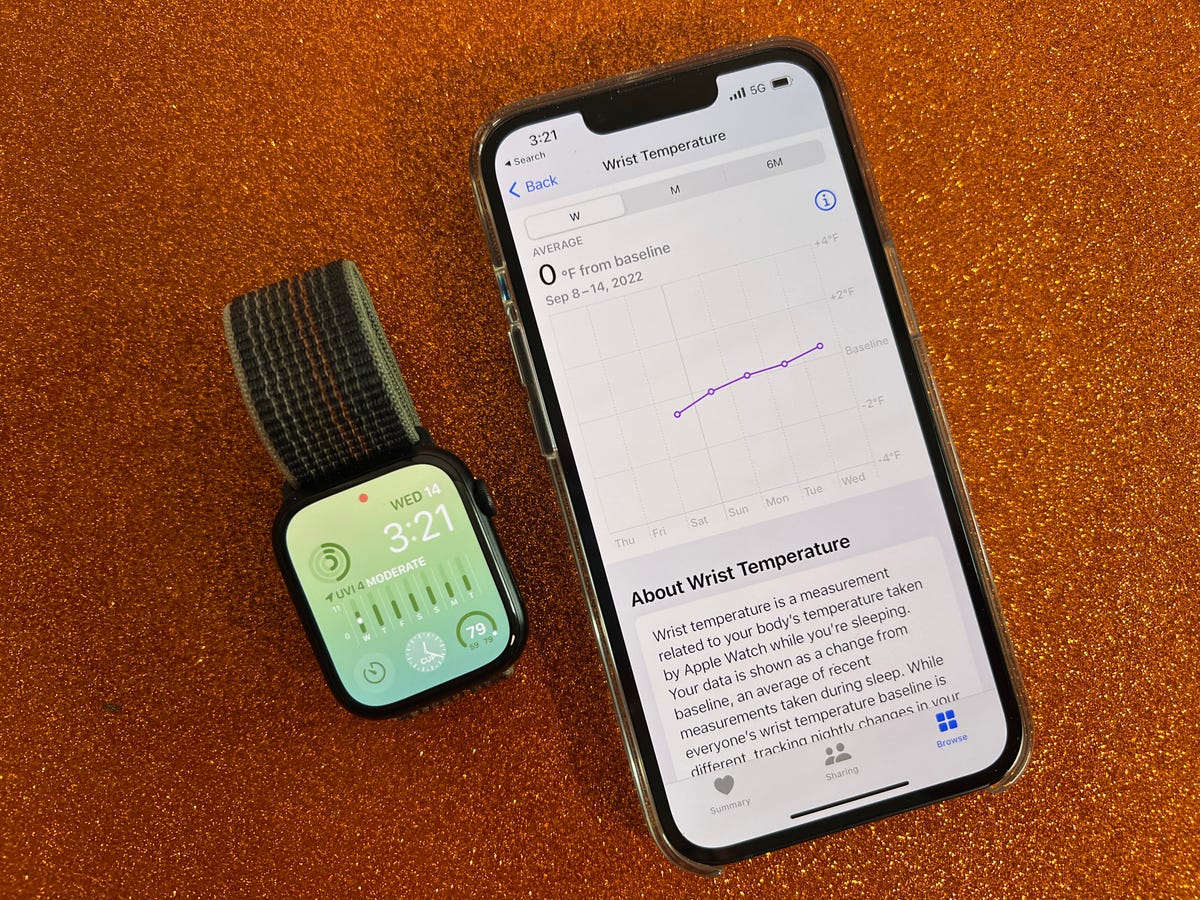I felt a little warm before going to bed the other night, so I thought it would be a good idea to take my temperature. But I didn’t have to get up and dig my thermometer out of my cluttered bathroom medicine cabinet. Instead, I just grabbed my phone from my nightstand, opened an app, and slowly waved it across my forehead toward my temple.
That’s because I’ve been using Google’s Pixel 8 Pro, which was updated in January with the ability to take a person’s body temperature. The phone could previously only measure the temperature of nearby objects, like a cup of hot coffee or tea, but Google recently received the De Novo classification from the US Food and Drug Administration for body temperature, giving the green light to use the feature on people. Still, within the app Google says the tool is intended for information purposes rather than diagnosis and isn’t meant to replace a consultation with a health care provider.
The Pixel 8 Pro’s temperature-sensing capabilities are another example of tech gadgets bridging the gap between consumer and medical devices. Rather than smartphones, however, those health features typically come in fitness bands and smartwatches, which are in constant contact with the wearer’s wrist and boast high-tech sensors, the most advanced of which can detect signs of stress and sleep apnea and take ECG readings. The Pixel 8 Pro isn’t the first phone to have a temperature sensor, but the feature certainly isn’t common.
Read more: Samsung Galaxy S24 Ultra vs. Google Pixel 8 Pro: See How They Compare
In my experience, the Pixel 8 Pro’s readings differed slightly from those taken with a contactless forehead thermometer. Google says the Pixel 8 Pro’s readings should be more accurate than those of a standard forehead thermometer since the Pixel 8 Pro scans your temporal artery rather than only the center of your forehead.
But above all else, I’m still left wondering whether temperature sensing is necessary in a smartphone. The Pixel 8 Pro’s new FDA classification makes the temperature sensor’s presence more sensible, but I don’t see myself using it aside from a few niche circumstances.

The Pixel 8 Pro requires that you enter age information before taking your temperature, which is why it says “3+ years” next to the temperature reading.
When using the body temperature feature in the Pixel 8 Pro’s Thermometer app for the first time, you’ll be asked to review a few important guidelines instructing how the tool is meant to be used. For example, it’s not intended to interpret dangerously low hypothermic temperatures and it shouldn’t be used to measure the body temperatures of premature babies.
The app also includes a video tutorial to demonstrate the process of taking a reading. And to my surprise, that instructional clip was very needed. Taking your temperature with the Pixel 8 Pro isn’t as simple as pointing the sensor at your forehead, as most of us are used to when using a traditional contactless thermometer. First, you must ensure that the sensor itself, which is located on the back of the device next to the camera, is close enough to your skin without touching it. Then, you have to drag the sensor across your forehead toward your temple so that it can measure your temporal artery.
The phone buzzes to let you know that it’s ready to take a reading, which is important, since you can’t see the screen. It then provides haptic cues as you sweep the device across your forehead.
<figure uuid="59e37321-bf2b-47b3-8846-45a01bbd2f73" size="medium" float="right" image-caption="
The Pixel 8 Pro’s Thermometer app.
” image-credit=”Lisa Eadicicco/CNET” image-alt-text=”The Pixel 8 Pro’s Thermometer app” image-filename=”pixel-8-pro-temp-measure.png” image-date-created=”2024/02/20″ image-width=”1008″ image-height=”2244″ image-do-not-crop=”false” image-do-not-resize=”false” image-watermark=”false” lightbox=”false” edition=”us” class=”c-shortcodeImage u-clearfix c-shortcodeImage-medium c-shortcodeImage-hasCaption c-shortcodeImage-pullRight”>

The Apple Watch Series 8 was the first Apple Watch model to support temperature sensing.
The Pixel 8 Pro is just the latest tech gadget to support body temperature measurements. Apple added temperature sensing to the Apple Watch in 2022 with the Apple Watch Series 8. Temperature sensors can also be found in other wearables, like the Oura ring and the Samsung Galaxy Watch 6.
The major difference, of course, is that these wearable devices measure temperature through the wrist or finger by making direct contact with your skin. The Pixel 8 Pro, on the other hand, uses an infrared sensor, which passes data through an algorithm to figure out your temperature, as Google outlines in a blog post on the topic.
It’s not just the technology that’s different; it’s the way it’s used, too. The Pixel 8 Pro’s temperature sensor is meant for taking on-demand checks, while many wearables with temperature sensors usually take passive measurements while you’re sleeping to detect changes in your baseline temperature over time. Such readings can be used to help calculate broader insights, such as cycle tracking or readiness scores.
The Pixel 8 Pro’s body temperature sensor feels like an unusual addition to a phone, though there are times when it may come in handy. When I took my temperature in bed, for example, I had just come down with a minor cold and wanted to make sure I wasn’t getting a fever (luckily my body temperature was normal).
But overall, temperature sensors seem more at home in wearables than they do in smartphones, at least for now.


